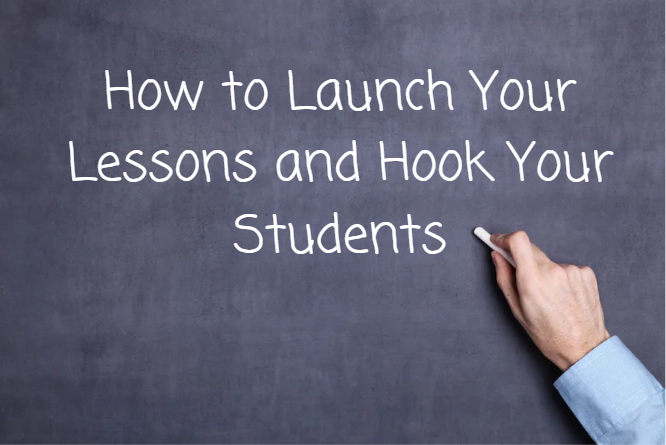Have you ever started a lesson, only to realize a few minutes in that your students aren’t engaged? Maybe they’re distracted, not paying attention, or just not as excited about the lesson as you’d hoped.
The truth is, how you start a lesson makes all the difference. A strong launch grabs students’ attention, sparks curiosity, and sets a positive tone for the entire lesson. When students are engaged from the beginning, they’re more likely to stay focused, participate, and truly understand the material.
So today, let’s talk about simple and effective ways to launch your lessons in reading, math, social studies, and science. These strategies will help you create excitement, build student buy-in, and set your lessons up for success!
Always Start with a Learning Target
Before jumping into the fun part of the launch, always introduce the learning target. This gives students a clear purpose for the lesson and helps them understand why what they’re learning is important. The learning target should come from the state standards. Sometimes, if you are using a curriculum, the learning targets are listed in the teacher manuals.
Once students know the goal, it’s time to hook them in with an exciting launch!
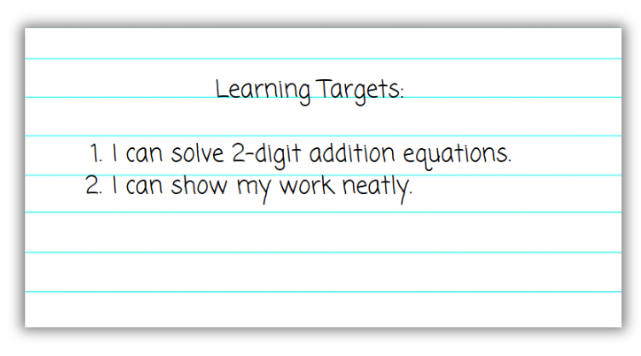
Ways to Launch a Reading Lesson
Reading lessons become even more engaging when students feel connected to the content. Here are some great ways to start a lesson:
- Read-Aloud or Video Read-Aloud – A well-chosen picture book can immediately capture students’ interest. If you don’t want to read it yourself, find a YouTube read-aloud to play instead.
- Engaging Video – Before introducing a new reading skill, play a short video that explains it in a fun way. For example, if you’re teaching cause and effect or sequencing, find a video that breaks it down in a simple and engaging way.
- Picture Prediction – Show an illustration from a book and ask students to predict what the story might be about. This builds excitement before reading.
- Discussion Question – Start with a question that gets students thinking. For example, before reading a story about perseverance, ask, Have you ever had to work really hard for something?
- Vocabulary Introduction – Show key vocabulary words from the text and let students predict their meanings. This helps them feel confident as they read.
Ways to Launch a Math Lesson
Math launches should get students thinking and excited about problem-solving. Here are some fun ways to start a math lesson:
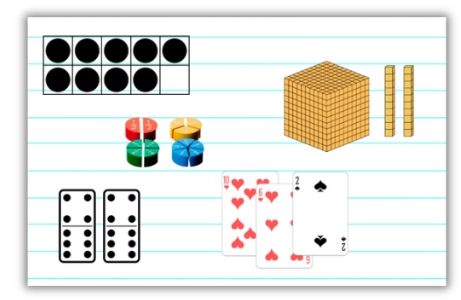
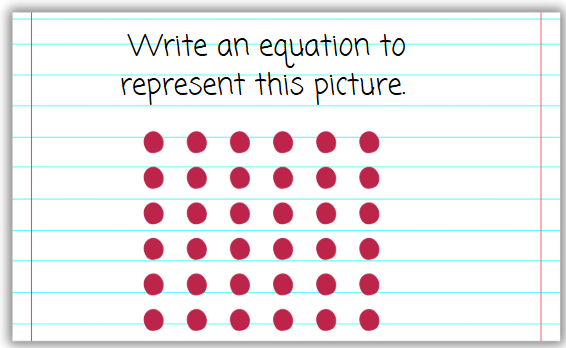
- Manipulative Mystery – Show a set of math manipulatives (like base ten blocks or fraction strips) and ask, What do you think we’ll be learning today?
- Engaging Math Video – Play a short, high-interest video that introduces the concept. For example, before a lesson on fractions, show a video that answers, What is a fraction?
- Real-World Math Problem – Present a story problem that includes students’ names and interests. Sam has 132 bags of Takis. He gives Harper 87 bags. How many bags of Takis does Sam have left?
- Number Talk or Quick Math Puzzle – Show a math equation or pattern and ask, What do you notice? What do you wonder?
- Review Challenge Question – Start with a problem from the previous day’s lesson as a quick warm-up. This helps students recall what they learned and feel ready for the new skill.
Ways to Launch a Social Studies or Science Lesson
These subjects lend themselves to exploration and discovery, making the launch especially fun! Try these ideas:
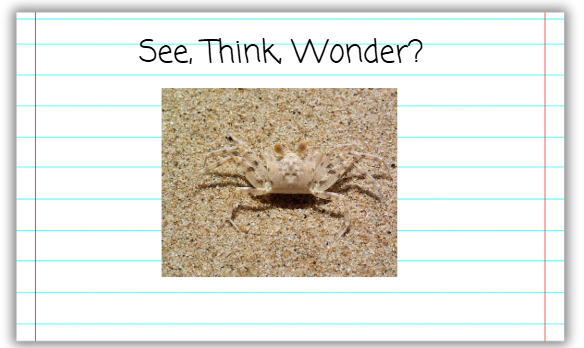
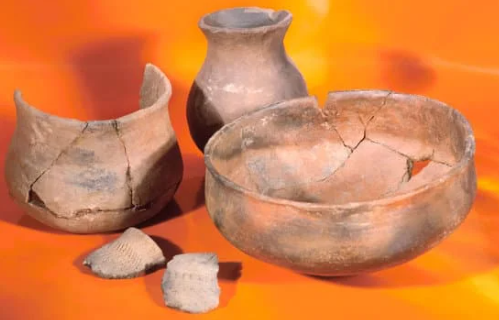
Ways to Launch a Social Studies or Science Lesson
These subjects lend themselves to exploration and discovery, making the launch especially fun! Try these ideas:
- See, Think, Wonder: Show a zoomed-in image or any image related to the lesson and ask, What do you see? What do you think it is or what does it make you think of? What does it make you wonder?
- Mystery Box– Place an object related to the lesson inside a box and let students guess what’s inside based on a few hints. For example, before a lesson on fossils, place a small fossil or rock in the box.
- Discussion Question – Ask a thought-provoking question to spark conversation. Example: Why do some places have earthquakes and others don’t?
- Artifact Investigation – Show an old photograph, historical document, or scientific tool and let students make observations and predictions about its significance.
- Engaging Video – A short, high-quality video can quickly introduce big ideas. For example, show a time-lapse video of a volcano erupting before a lesson on landforms.
Final Thoughts
A well-planned lesson launch makes learning exciting and helps students stay engaged from the very beginning. When students are curious and excited to learn, they’re more likely to participate, stay focused, and enjoy the lesson.
Try experimenting with different launch strategies and see which ones work best for your students!
